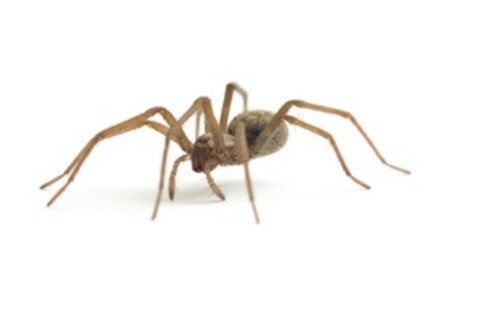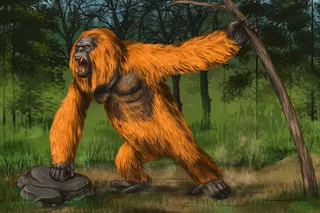Treat yourself with citizen science this Halloween. Take a stroll through a pumpkin patch to look for insects or spend a night under the stars watching bats. Staying indoors? Map craters on the moon for NASA!

Shaker Village

Grab a few sweets from the candy dish and scroll through our editor's picks below. You're sure to find a project to enjoy. And that's no trick!
Cheers!
The SciStarter Team

The Great Pumpkin Project



Lauren Nichols
Pumpkin, cucumber, and other curcurbit plants are grown and enjoyed all over the world, yet we know very little about the microbes and insects associated with them. Share pictures of insects on your curcurbit plants to help scientists learn more about the plant-insect relationships of these yummy veggies.
Location: Global, online

Arizona BatWatch



Arizona BatWatch
Scientists know relatively little about the behavior of many North American bat species in their native environments. With Arizona BatWatch, scientists and the public work together to study the behavior of lesser long-nosed bats. Watch videos of the bats and identify the behaviors you see!
Location: Global, online

Moon Mappers



NASA
Help us map our nearest rocky neighbor - the moon! Identify, measure and classify images of craters. Your efforts will help scientists identify the safe places and scientifically interesting spots for future exploration.
Location: Global

Colorado Spider Survey



Colorado Spider Survey
Live in Colorado? Got spiders? Little is known about the biodiversity of spiders in Colorado or the impact of urbanization on species distributions throughout the state. Help scientists learn critical information about these crawly critters by collecting spiders for the survey.
Location: Global

AfriBats



Jakob Fahr_ CC BY-NC
If you're in Africa and you see a bat, take a picture and share it with Afribats! Scientists are trying to better understand where different bat species are across the continent. Your photos will help inform conservation actions to protect African bats.
Location: Global

Dark Sky Meter



DDQ
Light pollution is a growing problem. If you have an iPhone, you can help scientists understand it by using your phone to measure "skyglow" in real time. Your data are also shared with Globe at Night and the Loss of the Night. It's like participating in three projects at once!
Location: Global

British Columbia Bat Watch



Juliet Craig
Spend a sunset watching bats in beautiful British Columbia during their Annual Bat Count. White Nose Syndrome, a devastating disease for bats, hasn't yet reached British Columbia. Annual Bat Count data help scientists better detect drastic changes in bat populations.
Location: British Columbia, Canada
Discover more summertime citizen science on the SciStarter calendar. Did you know your SciStarter dashboard helps you track your contributions to projects? Complete your profile to access free tools. Want even more citizen science? Check out SciStarter's Project Finder! With 1100+ citizen science projects spanning every field of research, task and age group, there's something for everyone!













